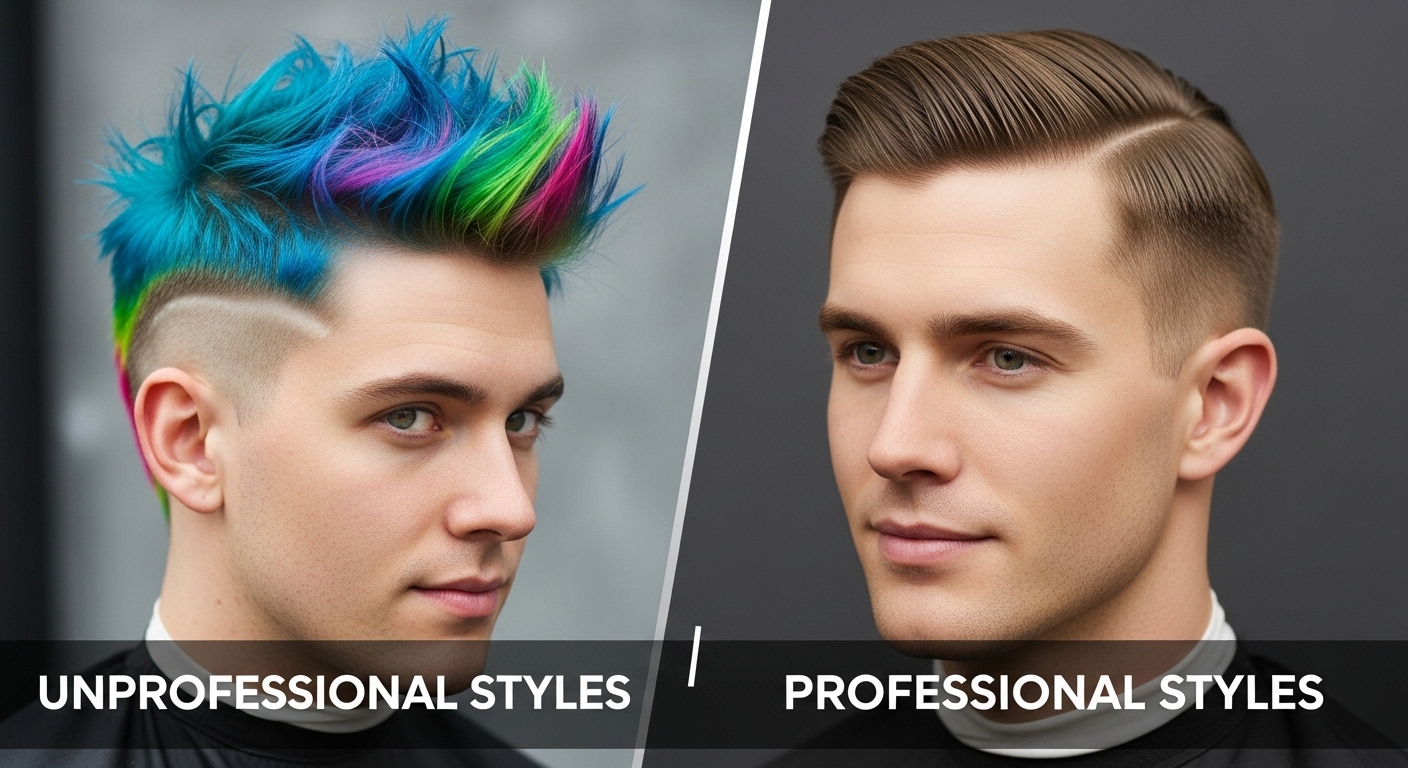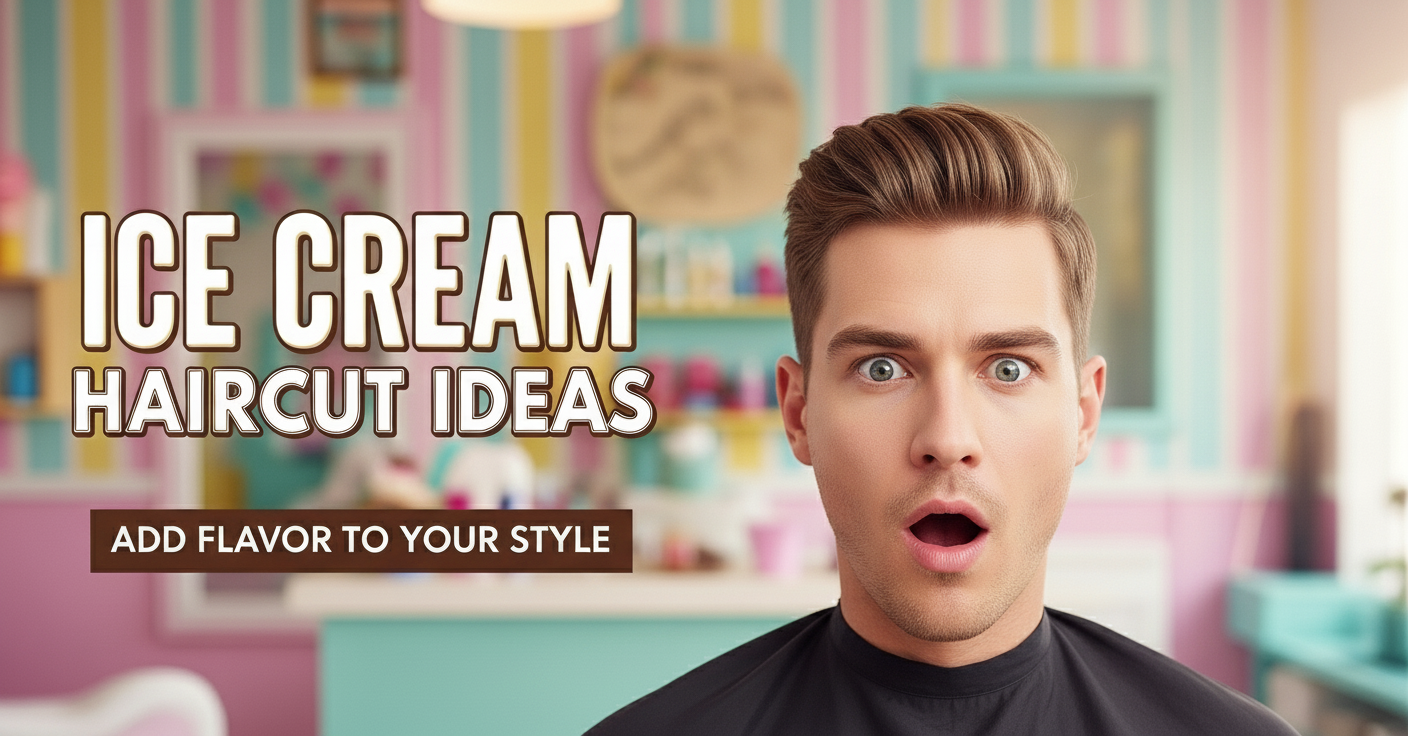The topic of hairstyles is quite odd, isn’t it? But if you have ever been in an office or on a video call and felt that you were being judged without even saying a word, then you know how powerful a person’s hair is. The way people see us through our hair can be different even if we are doing all the right things. And that is the point where the whole “professional” and “unprofessional” hairstyles debate comes in.
Some people believe that it is an archaic topic to even consider it. Others say that it is still associated with success, especially in the offices where the first impression is everything. The truth is somewhere between those two extremes: your hairstyle can influence the way you are at work.
Why Hair Gets Characterized as Professional or Not
Companies tend to highlight that the qualities they value most are skill, loyalty, and communication. They indeed do. However, as humans, we are programmed to make snap judgments of someone based on their looks. Grooming is part of that.
A hairstyle that shows neatness and intention—without drawing too much attention—is usually seen as professional. On the other hand, styles that look messy, incomplete, or overly casual can easily be labeled as unprofessional. For example, the brush up hairstyle strikes a balance between tidy and stylish, making it adaptable for both work and casual settings.
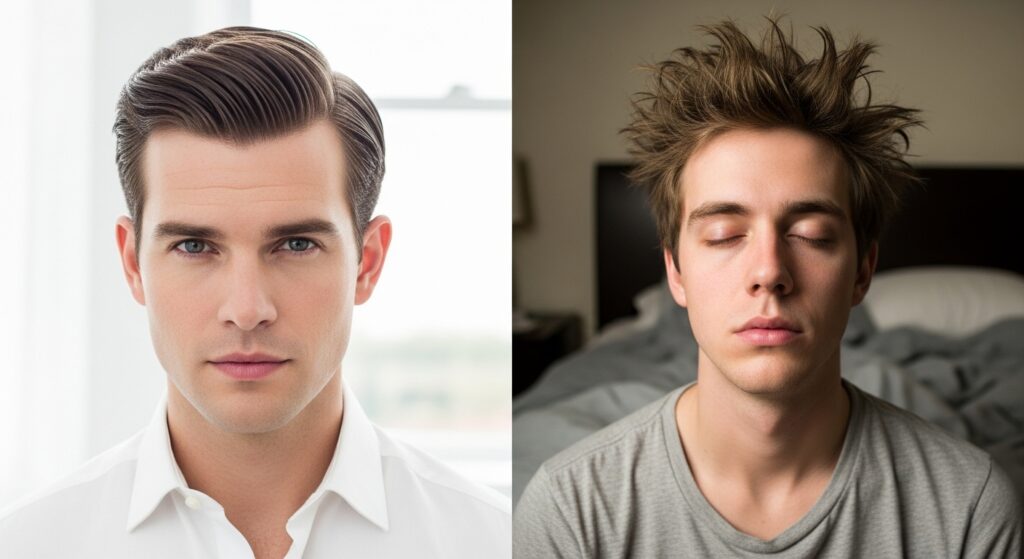
What Counts as Unprofessional Hairstyles
Unprofessional hairstyles is a somewhat ambiguous term which does not necessarily just concern the style but also the workmanship. Let’s take it part by part.
1. Messy or Unkempt Styles
Hair that looks as if it has been left unbrushed for several days. Bedhead, frizz out of control, or just being neglected. Regardless of length, shortness, curly or straight—if the appearance is such that no one thought to put any effort into the expression of the character’s inner self, coworkers will notice.
2. Overly Distracting Colors
Neon green bright or half-and-half split might be cool for a festival. However, in a more conservative work environment, it may become a barrier between you and your work. (Creative circles? They often embrace it.)
3. Extreme Lengths Without Maintenance
Long hair that’s been tied back neatly is definitely okay. Having long hair hanging down in front of your face during a client pitch is not quite so good. The same goes for beards, in fact. Groomed is professional. Straggly, not so much.
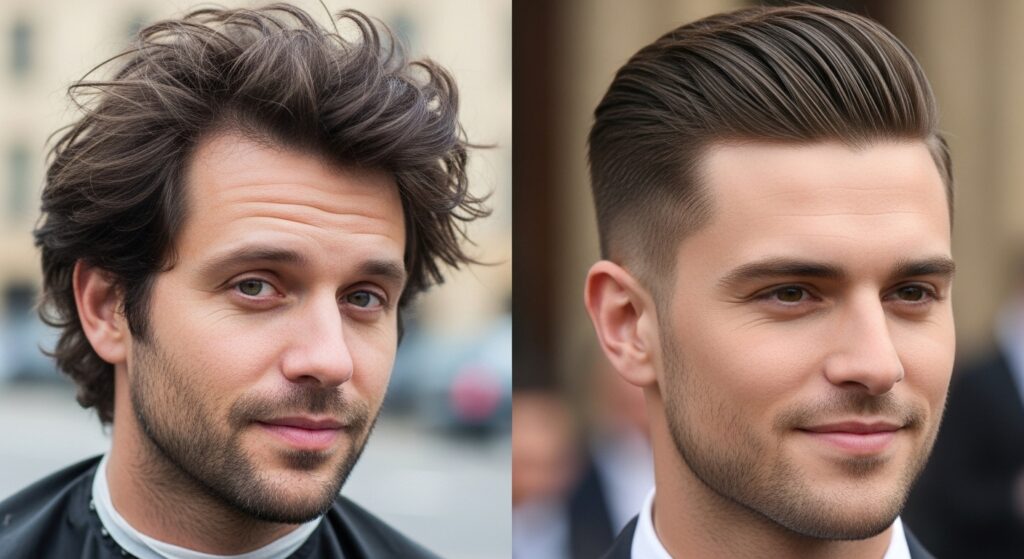
Styles That Lean Professional
People hardly ever mean dull when they refer to “professional hairstyles.” It just means to be of a quality enough to keep the attention on you and not on your hair.
- Clean fades with sharp edges.
- Slick back, side part, or modern pompadour.
- Short natural curls brought back to the shape and styled neatly.
- Simple crew cut.
- Long hair pulled into a neat bun or ponytail.
Caring for your appearance is what is key and not necessarily cutting everything short.
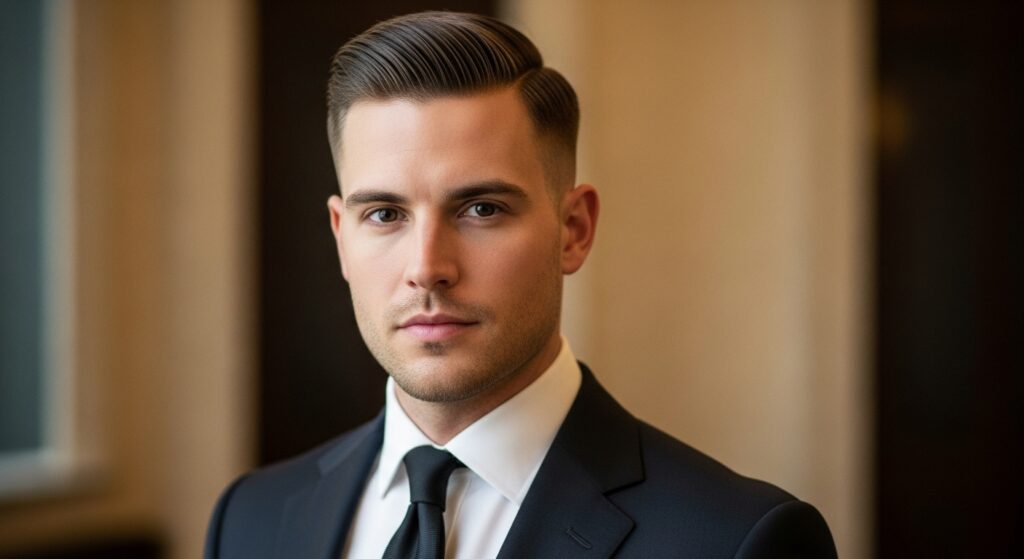
The Cultural Layer Nobody Talks Enough About
The debate around unprofessional hairstyles isn’t just about style. There’s history and bias baked into it. Naturally textured hair or protective styles have been the most conversed in the context of the debate that those types of hair have been confinately judged in corporate environments.
One of the leading reasons for the slow progress in the change of things is the legal battle which the CROWN Act is a part of in the fight against hair discrimination.
There is a point though. When these terms are used, one has to be very specific. Style, texture, and heritage are not the issues. It is a matter of maintenance and place.

Workplace Context Matters More Than Rules
Different jobs, different expectations. A creative agency might love your purple streaks. A courtroom probably won’t. Remote work gives more flexibility, but even there, a messy look can still send signals.
Below is a simple comparative table to better understand how context changes things:

Grooming: The Unsung Hero
Even the best haircut can look unpolished if you skip maintenance. Regular trims, proper washing, and keeping facial hair neat make all the difference. Styles like the side swept undercut especially benefit from upkeep, since their clean lines and balance rely on consistent care.
Actually, sometimes the difference between “cool style” and “unprofessional” is just about 10 minutes of grooming.
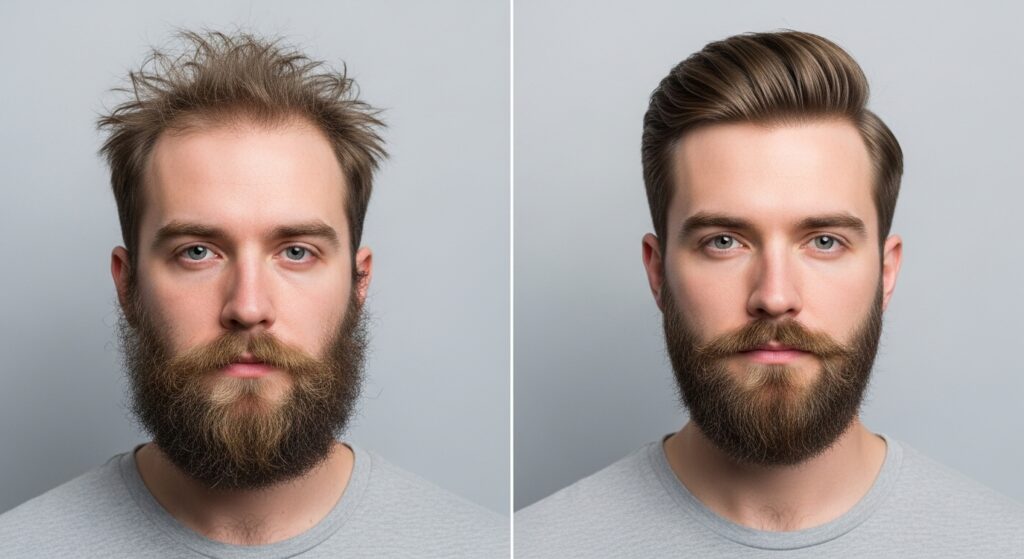
Does Age Change the Game?
In a way. The youths can take a chance with their daring styles and still work in the creative industries of the modern world. Mature people usually play it safe. But really, it is not so much about age as it is about self-assurance and the situation. If you do it properly and keep it clean, most styles would be accepted.
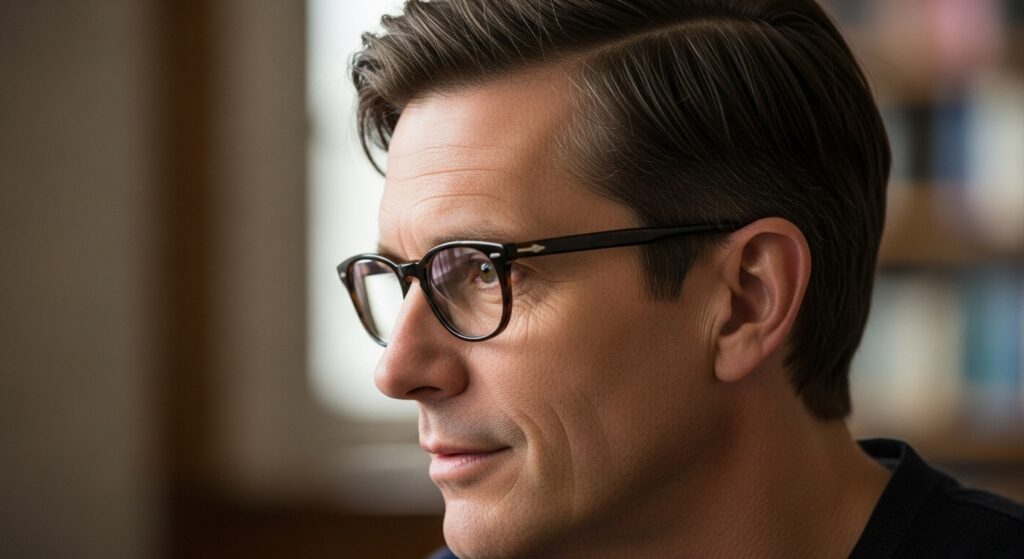
Final thoughts
This is not the question for a single rulebook. The question is more about balance. Look intentional, keep it neat, and adjust to your workplace vibe. The difference between unprofessional and professional hairstyles is not as big as it used to be. It is shifting and maybe that’s a good thing.
FAQs
1. What hairstyles are considered unprofessional for men?
Messy and uncombed hair, extremely bright unnatural colors in conservative jobs, and long hair left unmanaged are the couple of things which are most often reported to be unprofessional.
2. Are beards unprofessional?
Not if they are groomed. A beard that is well-maintained is completely ok, but patchy or untrimmed beards often look like the person does not care about himself.
3. Can dyed hair be professional?
Of course if the hair is kept in good condition. Lightening or coloring with natural-looking shades is a suitable choice for the traditional office, while bright neon colors are more compatible with creative environments.
4. Are locs or braids considered unprofessional?
No. Locs and braids are a good professional look when done cleanly and neatly. The negative things that are said about them are due to prejudice and not the actual facts.
5. What kind of hairstyle is the most safe for the professional environment?
Short fade, crew cut, or side part are the most common hairstyles for men and are mostly accepted everywhere. If hair is long, the solution is usually to tie it back neatly.

Roy Anderson brings a deep love for hair care and styling products, offering practical advice on keeping your hair in top shape every day. He reviews popular and underrated hair products to guide readers toward the best choices. Roy also shares home care routines to promote strong, healthy hair.

